-
Product on sale
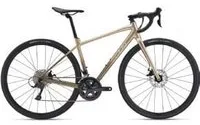 NEWOn SaleSale!%Off10Save £120120£120££1,079.10 – Giant Liv Avail Ar 3 Womens Road Bike 2024 Medium – Satin Sandshell/PyriteOriginal price was: £1,199.00.£1,079.10Current price is: £1,079.10.
NEWOn SaleSale!%Off10Save £120120£120££1,079.10 – Giant Liv Avail Ar 3 Womens Road Bike 2024 Medium – Satin Sandshell/PyriteOriginal price was: £1,199.00.£1,079.10Current price is: £1,079.10. -
Product on sale
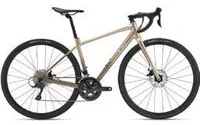 NEWOn SaleSale!%Off10Save £120120£120££1,079.10 – Giant Liv Avail Ar 3 Womens Road Bike 2024 X-Small – Satin Sandshell/PyriteOriginal price was: £1,199.00.£1,079.10Current price is: £1,079.10.
NEWOn SaleSale!%Off10Save £120120£120££1,079.10 – Giant Liv Avail Ar 3 Womens Road Bike 2024 X-Small – Satin Sandshell/PyriteOriginal price was: £1,199.00.£1,079.10Current price is: £1,079.10. -
Product on sale
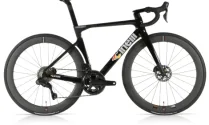 On SaleSale!%Off29Save £2,0002000£2000££4999.00 – Cinelli Pressure Ultegra Di2 50|50 Carbon Road Bike – Triple Black / SmallOriginal price was: £6,999.00.£4,999.00Current price is: £4,999.00.
On SaleSale!%Off29Save £2,0002000£2000££4999.00 – Cinelli Pressure Ultegra Di2 50|50 Carbon Road Bike – Triple Black / SmallOriginal price was: £6,999.00.£4,999.00Current price is: £4,999.00. -
Product on sale
 On SaleSale!%Off29Save £2,0002000£2000££4999.00 – Cinelli Pressure Ultegra Di2 50|50 Carbon Road Bike – Triple Black / LargeOriginal price was: £6,999.00.£4,999.00Current price is: £4,999.00.
On SaleSale!%Off29Save £2,0002000£2000££4999.00 – Cinelli Pressure Ultegra Di2 50|50 Carbon Road Bike – Triple Black / LargeOriginal price was: £6,999.00.£4,999.00Current price is: £4,999.00.
A QUICK GUIDE TO 8 TYPES OF ROAD BIKES
In terms of design and innovation road bike technology is constantly evolving and, in the last 10 years, has challenged previous notions of what constitutes a road bike. Increased competition between cycling manufacturers and brands has resulted in an expansion of sub-types of road bike which have been evolved to cater for different styles of riding and more defined demands that ‘the ride’ in a particular environment necessitates. Hence, there are now 8 types of road bikes.
If you are new to cycling or returning to cycling after some years and are considering investing in a modern road bike, here’s a quick guide to the 8 styles of road bikes and their uses, currently available in the UK bike market.
What ARE road bicycles?
In essence, road bikes are designed to be ridden as fast and efficiently as possible on roads. In their original incarnation, road bikes or ‘racing’ bikes possess a lightweight, streamlined frame, narrow tyres, dropped handlebars and are fitted with multiple cogs on the back wheel to provide gearing. It looks and is designed to be sleek and fast. We can call this the standard road bike set-up and is the starting point that the innovating road bike brands have employed to be built upon; to develop variations or sub-types within the general classification of what constitutes a road bike.
In short, hybrids of road bikes have been evolved and specifically ‘purpose-built’ for different styles of leisure riding and competition riding.
The innovations centre around the use of new materials such as carbon fibre, the geometry and size of the bike frame, the ‘set-up’ of the bike for the rider position – e.g. handlebars and seat height – and finally big developments in ‘gearing’, tyre width, advanced braking and suspension.
This is all very exciting, so time to explore the sub-types of road bike in the market which will help inform you the type of modern road bike best suited to you.
THE DIFFERENT 8 TYPES OF ROAD BIKE
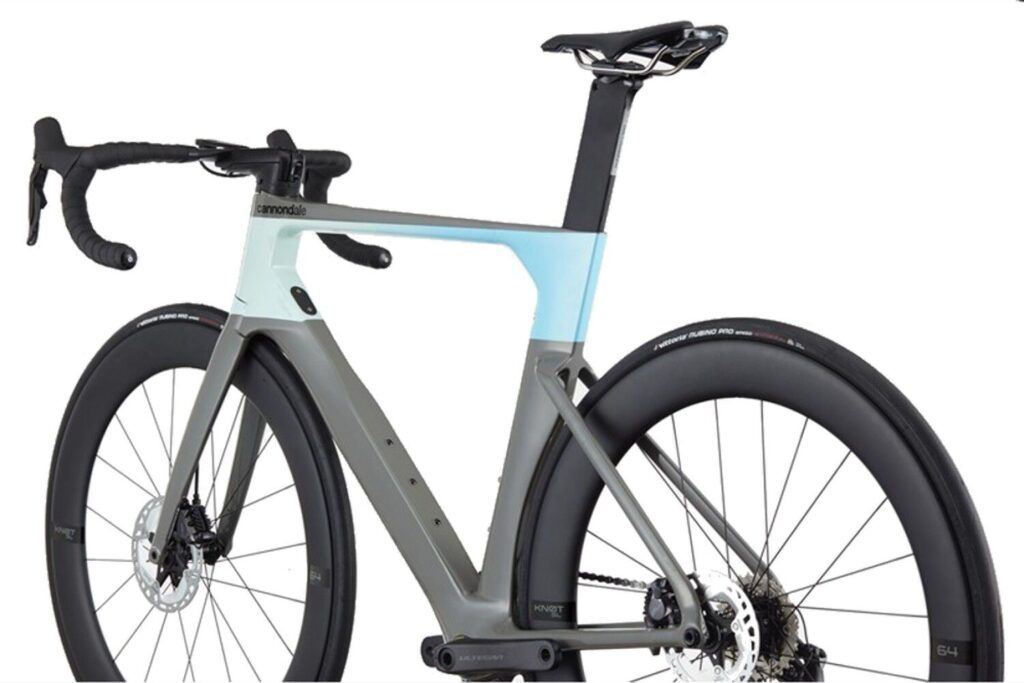
Aero Road Bike
Aero road bikes have been designed specifically to reduce air drag or wind resistance. Development utilising wind tunnels has resulted in a road bike with aerodynamically designed tubing, often made of light but strong carbon fibre in the frame. Similarly, further components on the bike, such as the wheels and handlebars, are designed to cut through the air.
Aero road bikes are very much like a typical racing road bike but, because their design also employs extra streamlined aerodynamic shapes made of carbon fibre to reduce air resistance and gravitational pull, the weight of the aero bike is more than a standard road bike. If you’re intending to do a lot of climbing, this is perhaps not for you.
Bike-Packing Bike
Bike-packing is becoming increasingly popular and has resulted in a road bike that has been developed to be robust and stable. The bike is set up and accessorised with racks and panniers to carry camping gear and equipment. The emphasis is for the bike to carry a load, so therefore the bike frame is strong and made of steel. These bike-packing bikes feature wider, grippy tyres and wheels with extra spokes to aid handling and extra weight carrying potential. The bike’s gearing features a wider gear range and plenty of low gears to offset the extra weight going uphill.
This bike is all about transporting you and your gear as efficiently as possible.
N.B More traditionally, and it is still the case, that originally these bikes were and still are also marketed as TOURING BIKES.
Commuter Road Bike
The commuter bike is built to be robust, comfortable and long lasting. They feature flat handlebars a wider seat and are geometrically designed designed to provide a comfortable upright riding position in an urban environment. These bikes use suspension systems to absorb bumps in the road and wider, well-treaded tyres. Commuter bikes are not as fast as a racing road bikes but there are also ‘hybrid’ models incorporating both road bike speed with commuter bike comfort.
Hybrid Road Bike
The hybrid road bike takes elements of a ‘racing ‘ road bike and a mountain bike. It has a lightweight aluminium frame like most road bikes on the market but the geometry of the frame and flat, higher handlebars (like a mountain bike) provide an upright, comfortable riding position. The bike design is open for individual tyre choice and upgrade to disc brakes. A truly versatile bike!
Dual-Sport Bike
The dual-sport bike is an extension of the standard hybrid road bike but is designed to be ridden faster so they incorporate more of the features found on a fast road bike. It is dual purpose as it can be ridden fast on tarmac roads but also features a front suspension which is great for off-road riding.
Endurance (Sportive) Road Bike
An endurance road bike looks like a racing bike but is specifically developed for rider comfort in long endurance races. They feature wider tyres, a large gear range and is a bike that will constantly evolve through competitive racing. Watch this space!
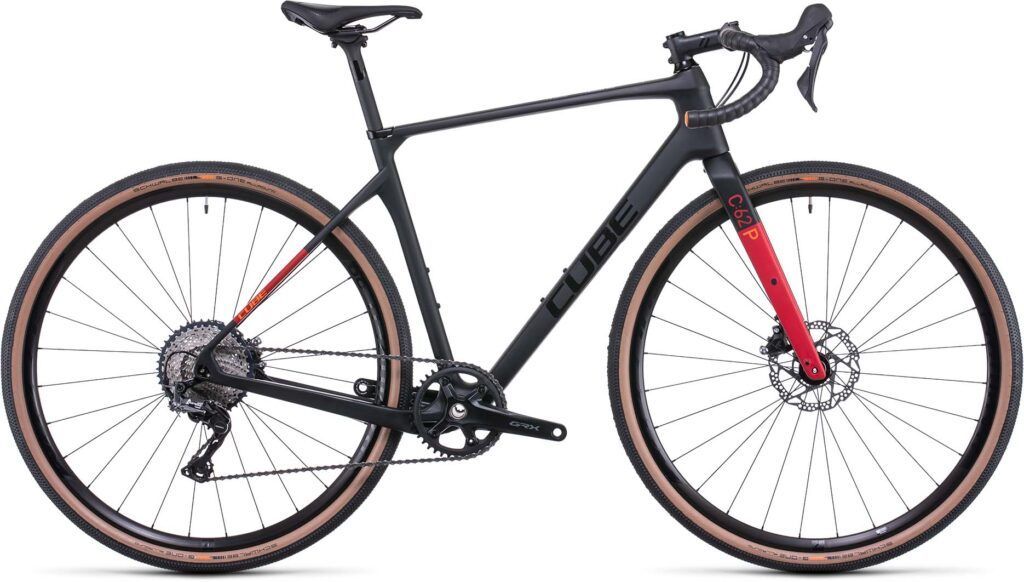
Gravel/ All-Road Bikes
Also known as adventure bikes, gravel/all-road bikes are an exciting new sub-type of road bike which have been attracting a great detail of media interest and strongly marketed by the cycling industry. They are designed to handle both tarmac and gravel trails. In short, you can veer off-track and adventure on a wider range of road surface.
Gravel/all-road bikes are a fusion of a touring bike and a cyclocross bike but their lightweight frames and geometry is similar to an endurance bike. They feature wider tyres, disc brakes and flexible gearing. This is a very versatile bike for exploring the countryside.
Cyclocross Bike
It’s important to mention cyclocross bikes as they have had a great influence on the emergence of gravel/all-road bikes. The Cyclocross bike is designed for racing on off-road courses featuring different terrains and obstacles. In short, they can handle anything and because of this versatility they are used as commuter bikes. They are a light-framed bike with aggressive geometry and set-up. They utilise disc brakes for enhanced stopping power and feature wide tyres with extra grip. The cyclocross bike is, in effect, specifically built for cyclocross but is easily adaptable for general commuting or exercise.
In conclusion, these are the main 8 types of road bikes that have emerged over recent years. As previously mentioned, the main type of road bike is the racing bike. It is designed for racing fast over distance and therefore is the GO TO bike for serious amateurs and professional cyclists. However, sub-types of road bikes have emerged to provide purpose-built alternatives for riders who wish to tour, cycle off-road, commuter simply cycle for leisure and fitness purposes.
I hope this quick guide provides a few pointers in considering what type of road bike would suit your intended usage. It’s exciting that there are so many sub-types of road bike that allow you to find a compromise between on-road and off-road, speed and robustness or leisure and commuting – and in fact have the best of both worlds!